Chandigarh, India is one of the unique cities of the world. It is a totally designed city, once a barren landscape, and now a fascinating open museum of modernist architecture. To staunch fans of architecture, it is a pilgrimage of sorts.
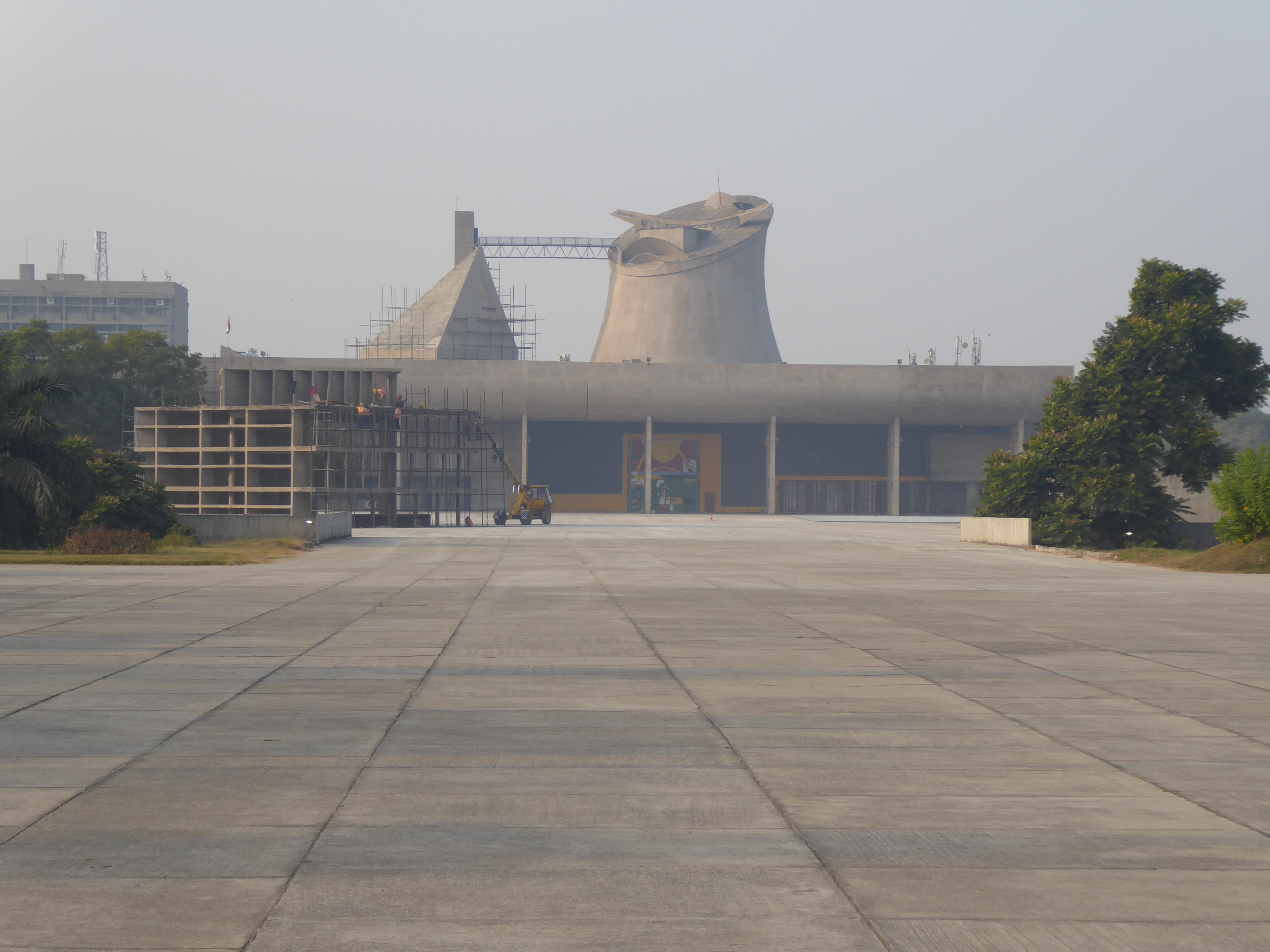
Palace of assembly
My connection to Chandigarh is that it was the home of my paternal grandparents. I spent many summers there as a child, and have fond memories. Also, as later stated here, it is a very clean, modern city, unlike any in India and unique even by global standards due to its history.

Open hand
After India’s independence in 1947, prime minister Jawaharlal Nehru wanted to have a project to project India’s prowess to the world. Polish architect Maciej Nowicki and his American counterpart Albert Mayer were chosen to design the city. Unfortunately, Nowicki died in a plane crash in 1950. Mayer chose not to continue the project after Nowicki’s death, so a new planner was needed.
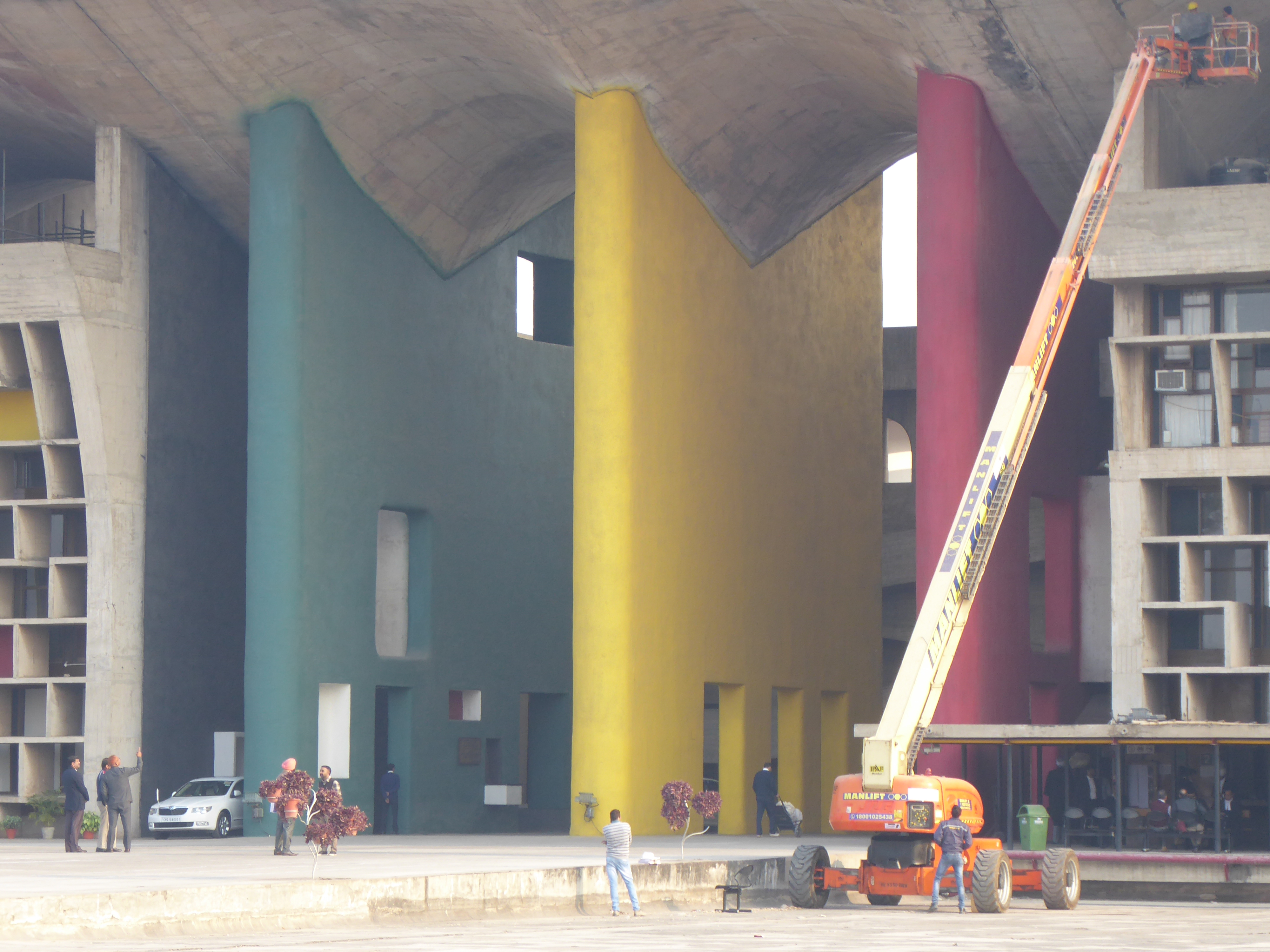
High court
Enter Le Corbusier, the legendary Swiss-French architect. His selection as head of the project totally changed the theme of the design. While Nowicki and Mayer focused on fitting their design in with the natural features of the area and Indian culture in general, Corbusier had a much more rigid plan in mind. This was the opportunity of a lifetime for an aging Corbusier, in his 70’s at the time. He had an open landscape and huge budget to display his architectural theories to the world. Working with Corbusier was another Swiss architect Pierre Jeanneret, his cousin. Until fairly recently, neither Jeanneret, Mayer, or Nowicki received much acclaim for their work in the design of the city.
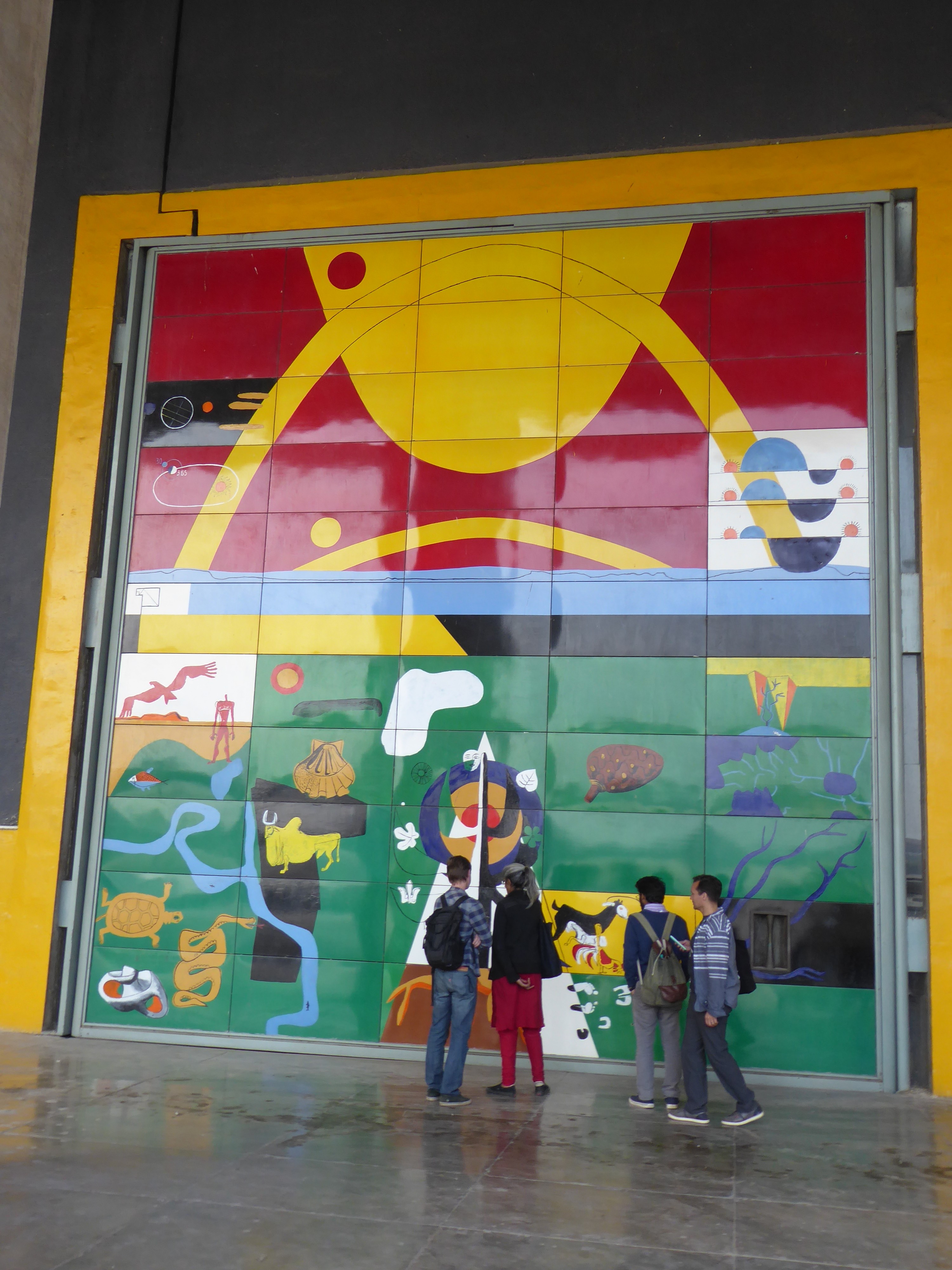
Palace of assembly
That being said, the city has the hallmarks of Corbusier, as there are mid-century modernist buildings everywhere. The city was designed into 47 sectors in a grid system. Each sector has a market, school, a health facility, and at least one park. The design of the city is such that it is the most organized in India, and probably the cleanest as well.
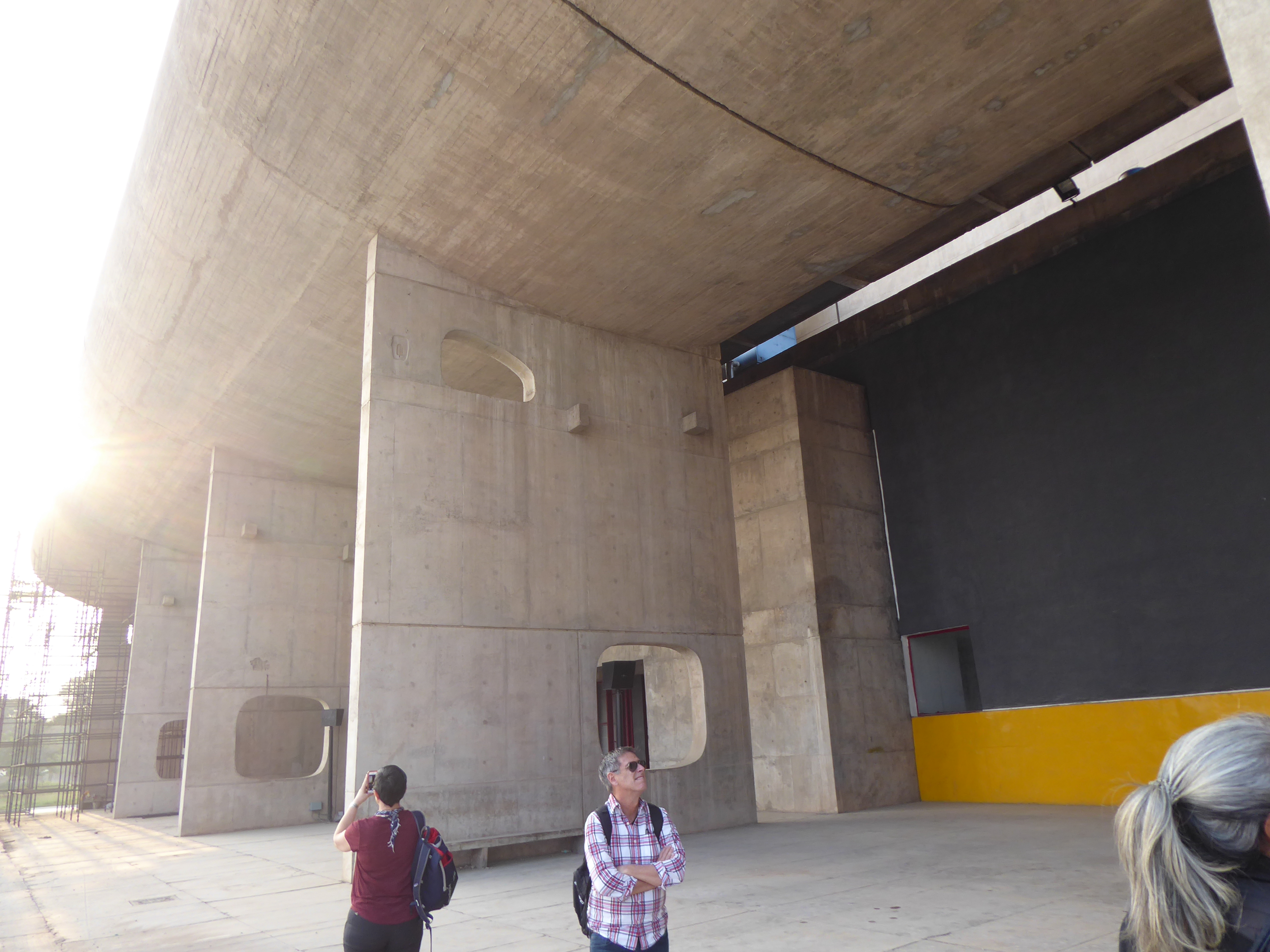
Palace of assembly
The main government area is located in sector 1, and is known as the Capitol Complex. This was the area I was keen to visit, as until very recently it was nearly impossible to get into due to security concerns. There are now three tours every weekday, at 10 PM, 12 PM, and 3 PM. Foreigners must bring passports and undergo airport-like security at the Chandigarh Tourist Information Center in sector 1. I arrived a few minutes before 3 PM for the last tour of the day. I was surprised to see so many foreigners, mostly Europeans and some Australians as well. They were huge fans of architecture and made the special trip to Chandigarh during a larger India trip. This was pleasant to see as I’d never seen a tourist in Chandigarh before. Interestingly, the authorities told me that locals almost never attend the tour; it is sad that the people of Chandigarh do not appreciate the wonderful architecture of their own city.
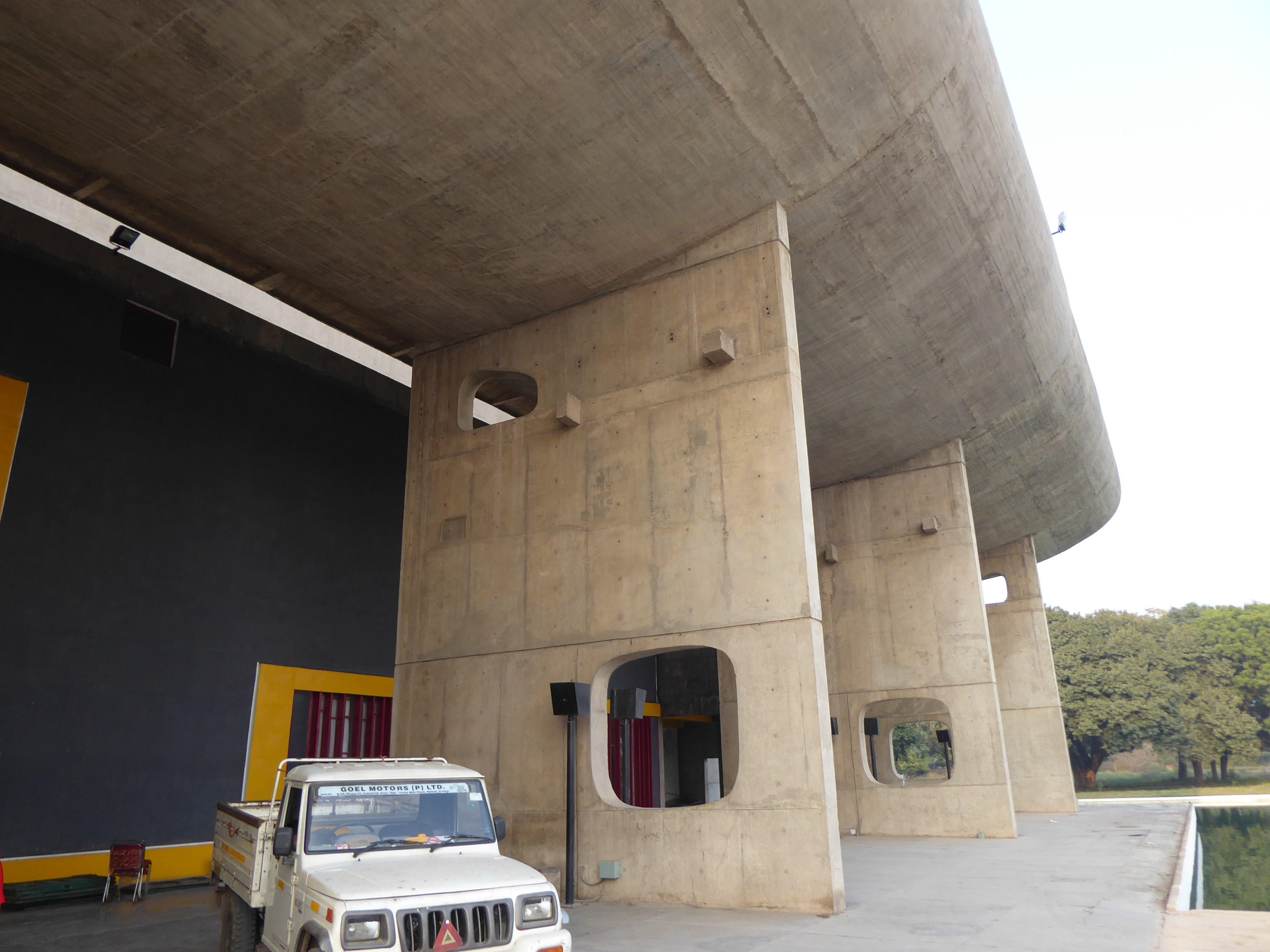
The tour was a walking tour headed by a guide and several armed policemen. These seemed to stun the other visitors, but it is normal in India to see such a presence, as it is under the constant aura of threat from neighbor Pakistan, and historically domestic terrorists as well.
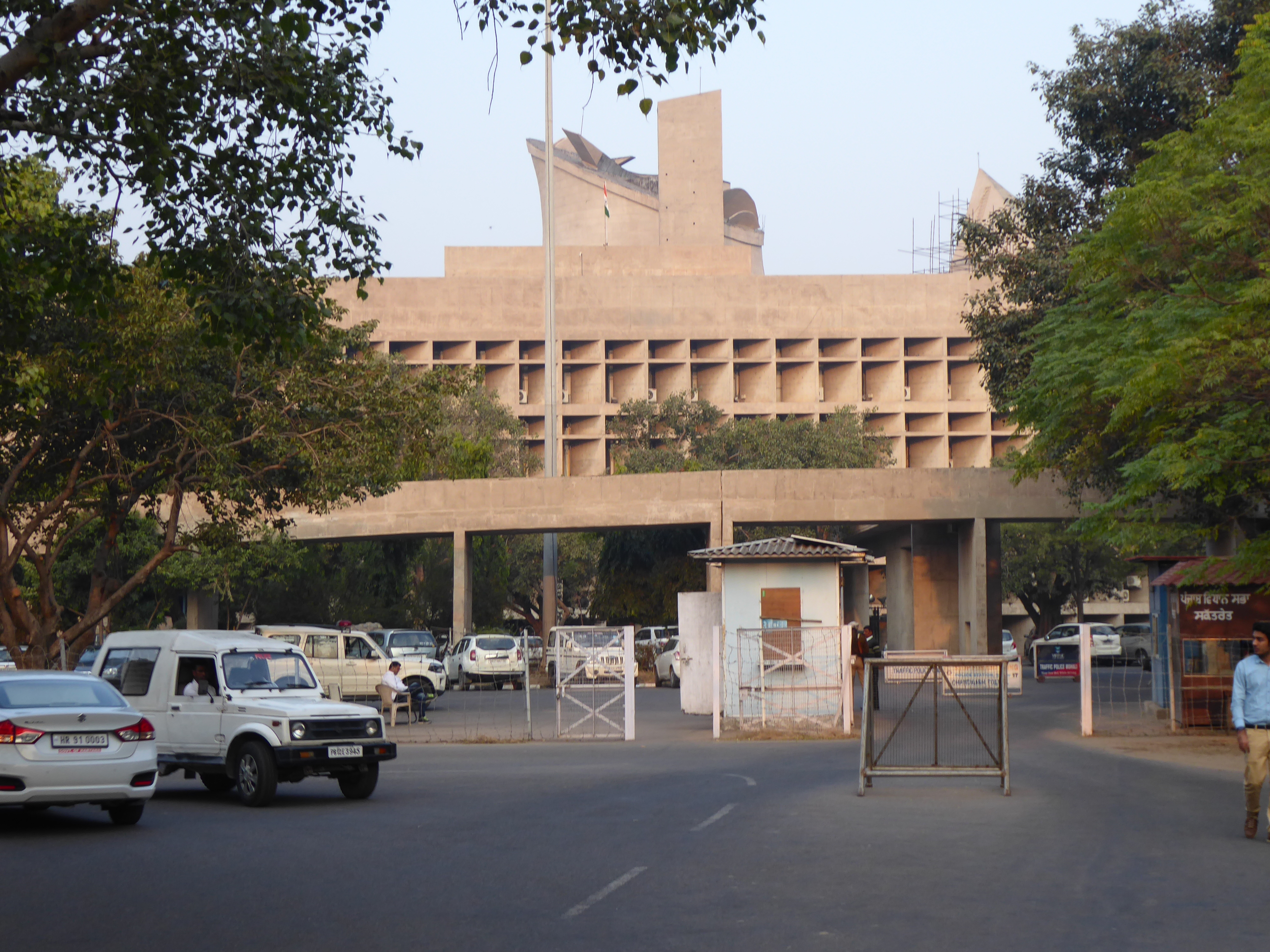
Palace of assembly
The tour was really broken into three parts: the high court, open hand monument, and palace of assembly. It must be stated that entry is only allowed in the palace of assembly, and sometimes the roof of the secretariat.
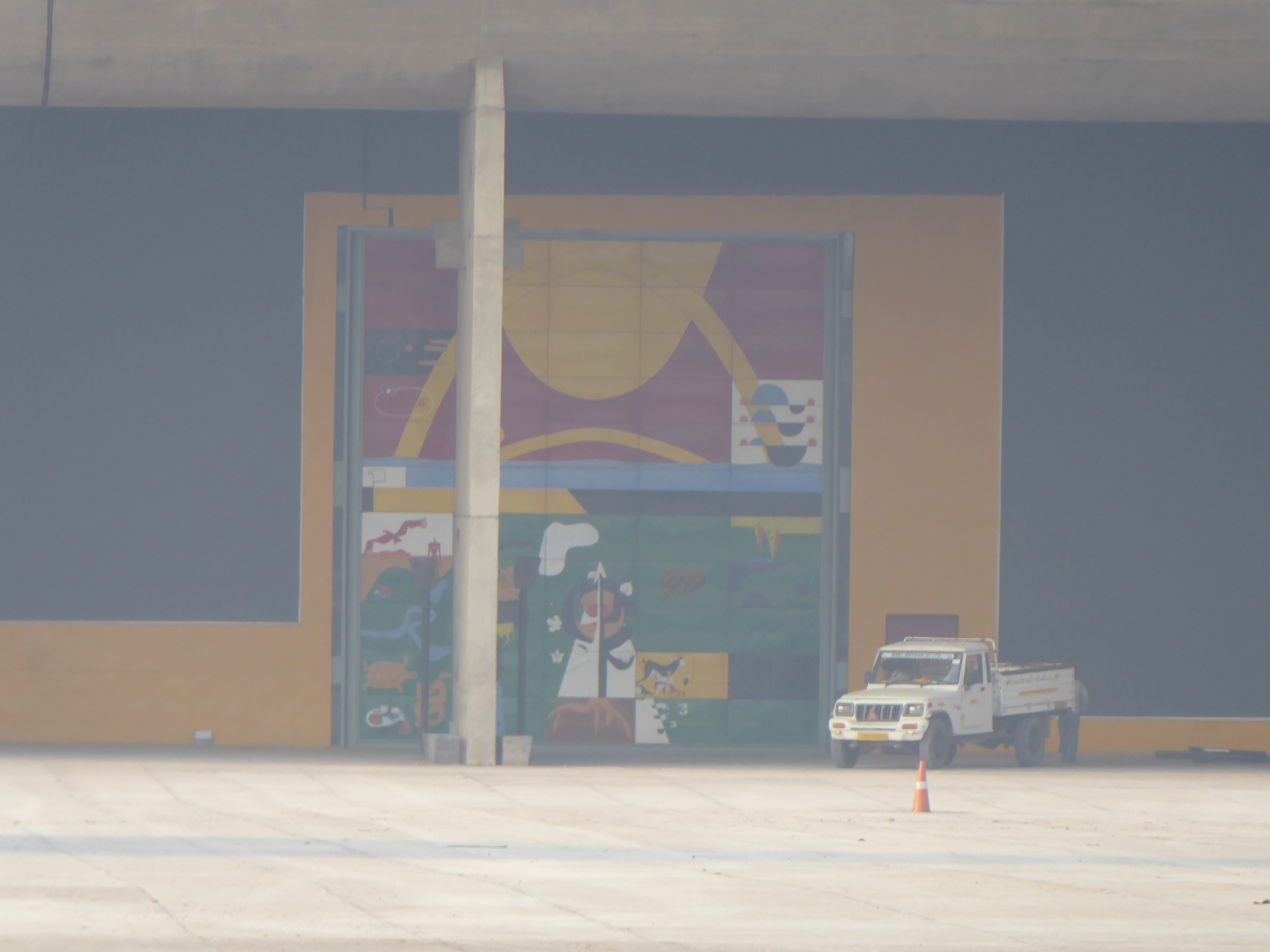
Palace of assembly
The high court is basically the high court of Punjab and Haryana, as Chandigarh is not considered in either state, but has adjudication over both. It is made of 55 judges. The yellow, green, and red colors towards the left of the building are particularly striking.
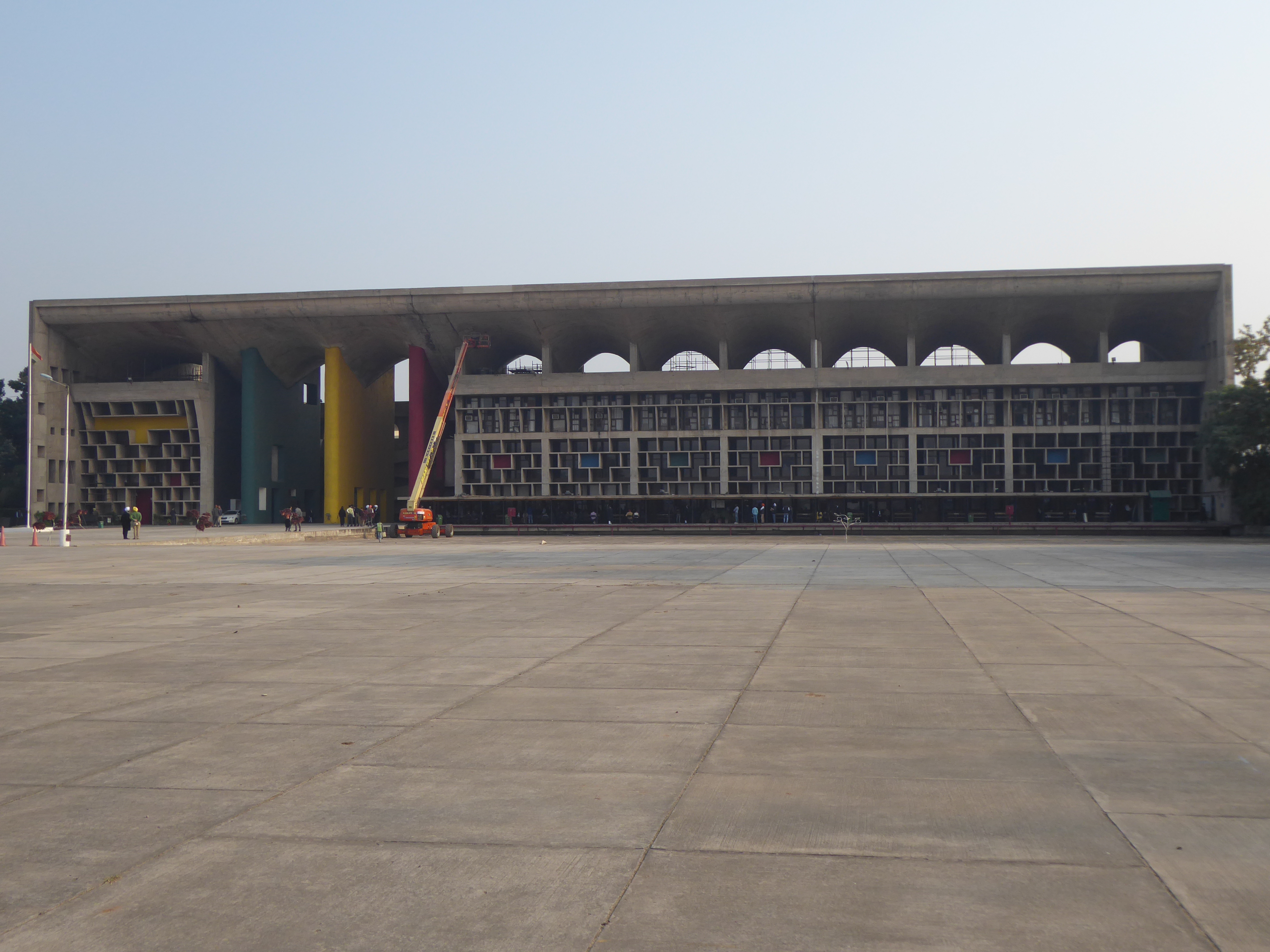
High court
From here, it was off to the open hand. This is what can best be described as distinctive, as you probably will not see anything else like this in the world. Corbusier stated that this should be a symbol of peace. One interesting aspect of it is that it sometimes rotates if there is enough wind.
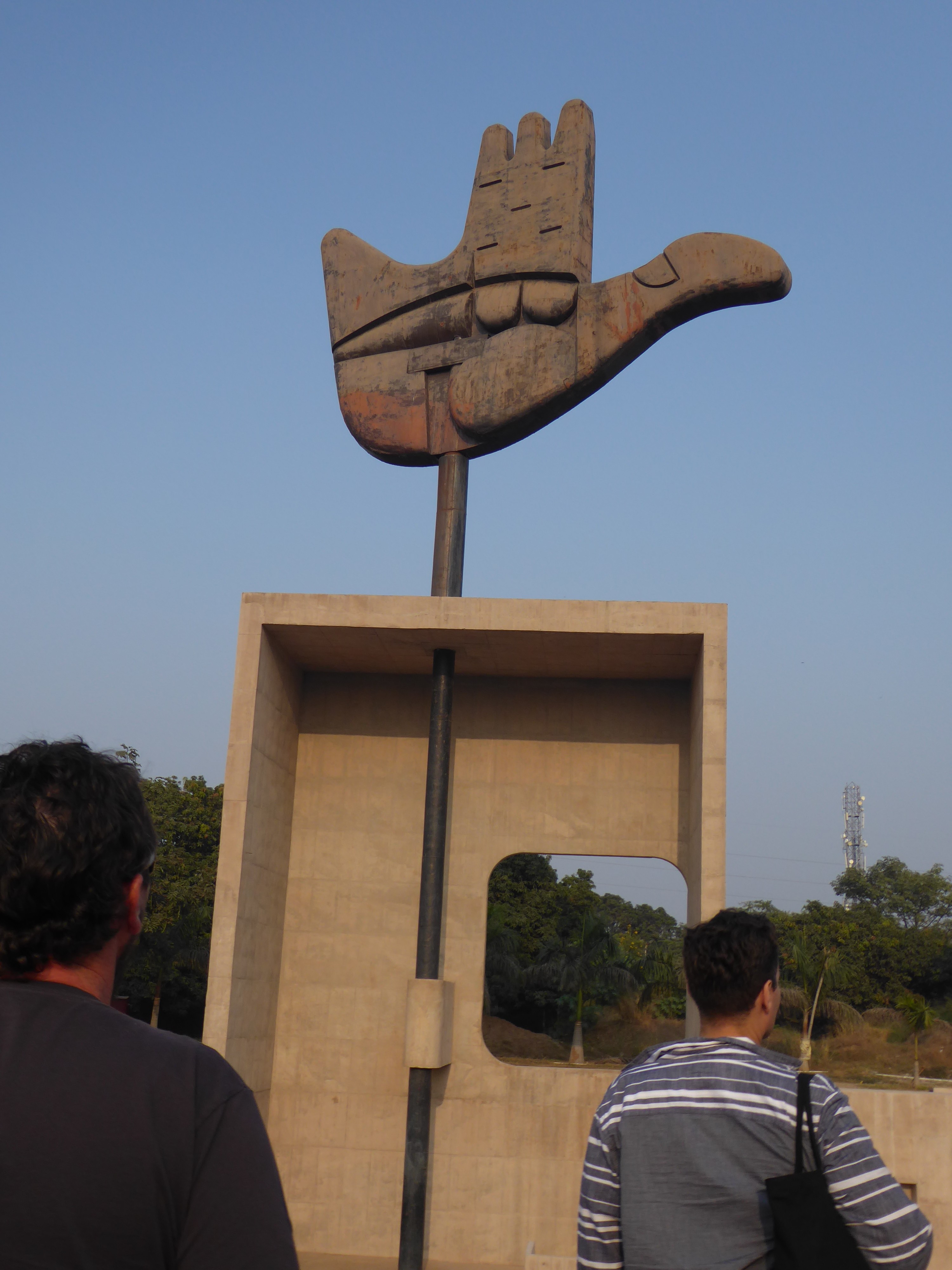
Open hand
Opposite the high court stands the stunning palace of assembly. There are two very fascinating features of this building: the structures on the rooftop and the curved awning. Underneath the awning is a brightly colored mural of sorts. The building is now undergoing a renovation on the outside to maintain its structure.
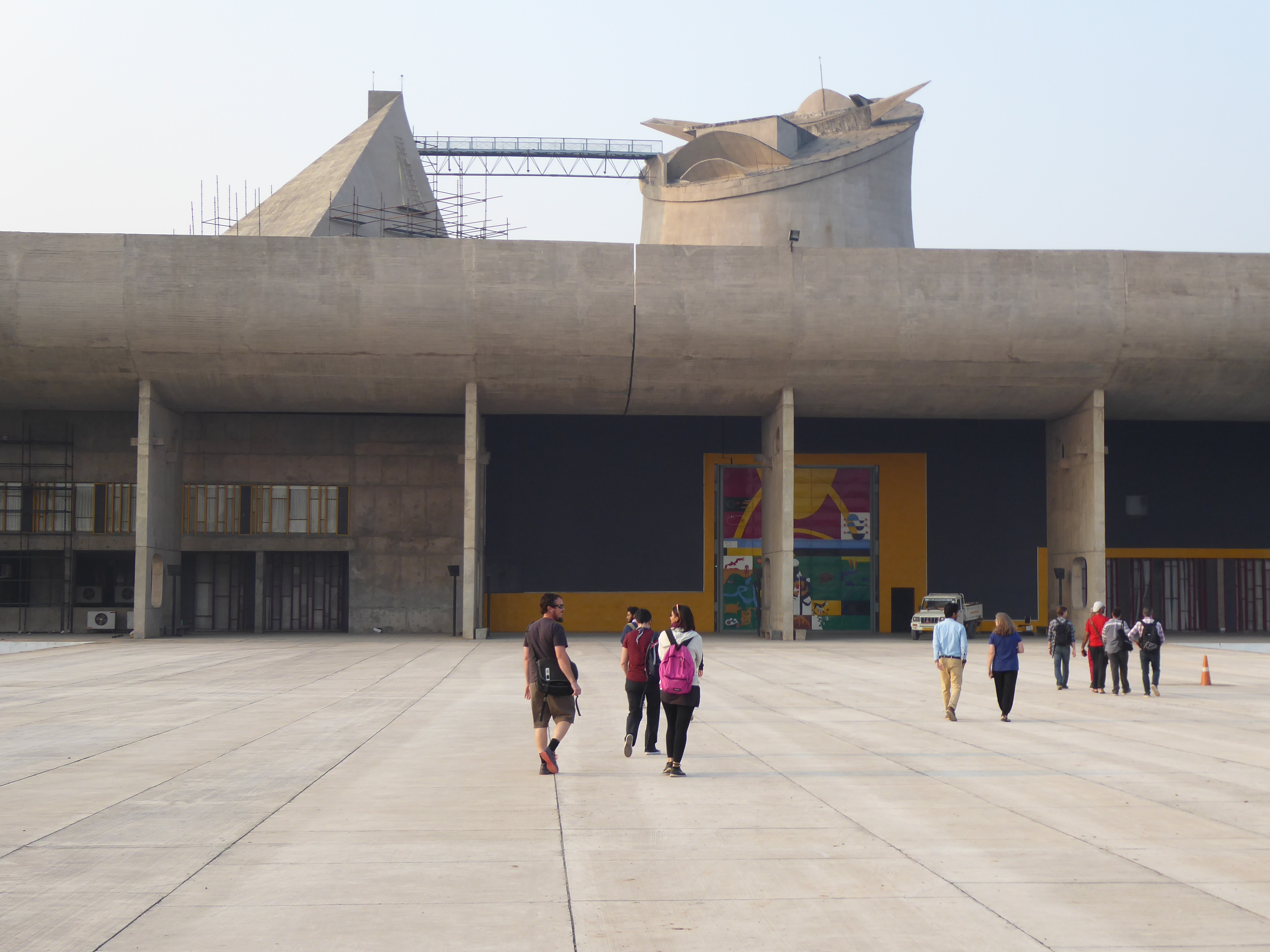
Palace of assembly
Finally, the last portion of the tour showed the tower of shadows. The guide explained that the idea was that the sun would not enter it at the same angle anywhere within it. In summers, the theory was that within this tower it would remain cool.
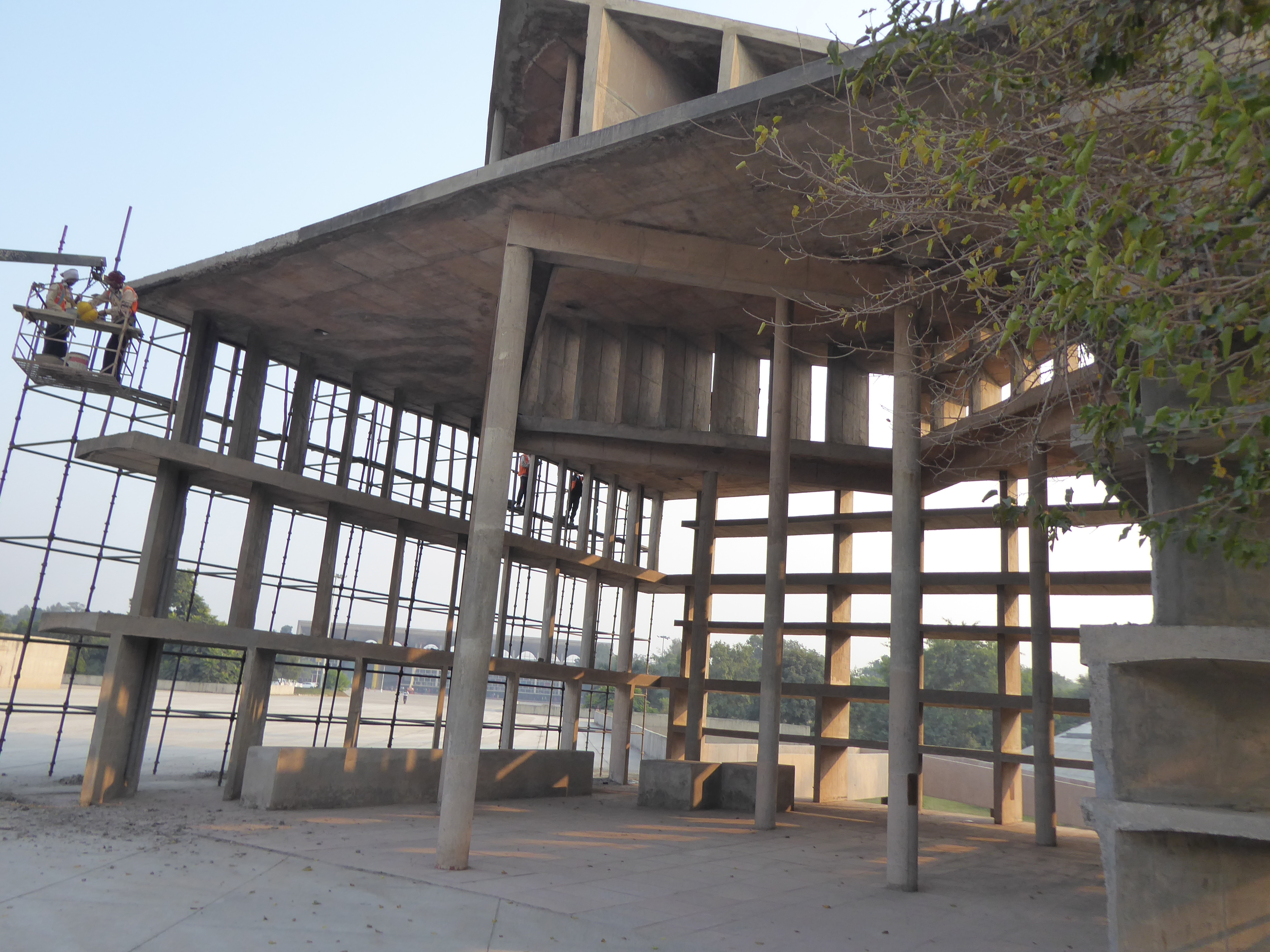
Tower of shadows
After this, we were allowed entry into the assembly, but unfortunately no phones or cameras or even wallets were allowed inside. The seating was like any other assembly but the ceiling was spectacular. It’s unfortunate that I cannot share this image with you, or even keep it for myself besides in the mind.
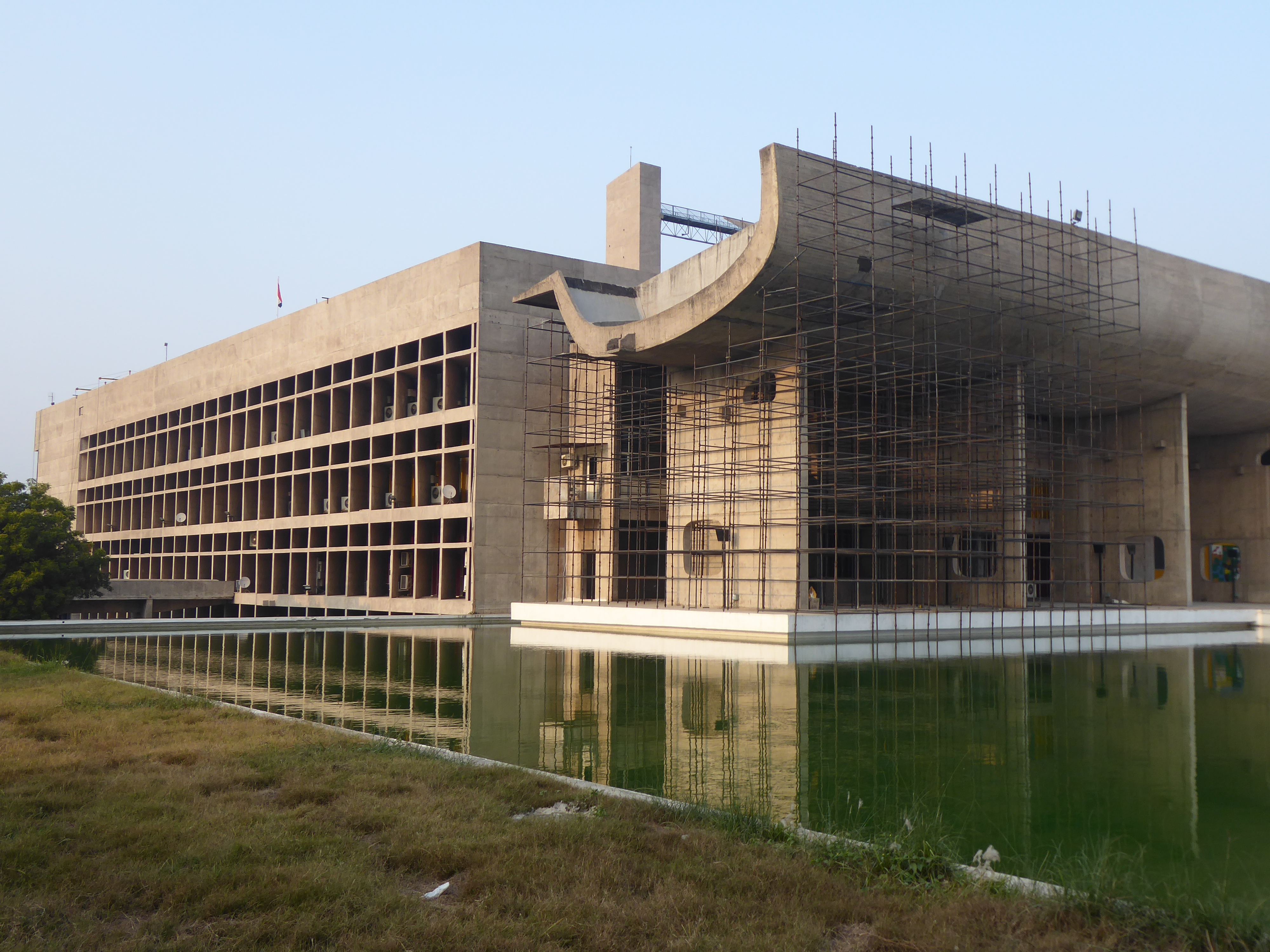
Palace of assembly
Finally, the tour ended with a brisk walk past the secretariat. On this day, the secretariat was not allowing entry to visitors. This disappointed the group who looked forward to getting a view of the city from the rooftop. Of all the buildings in the complex, this looks the most normal in terms of modernism, though there is an interesting arch on the rooftop.

Secretariat
This was a fascinating tour, something I had wanted to do my entire life but finally had the opportunity to do. On my next trip I will definitely do it again in the hopes of possibly going to the rooftop of the secretariat. I only hope it is still going at the time as the tour is an experiment by the local tourism authority for now. Hopefully more people besides architecture fans attend, as it is a captivating experience.
